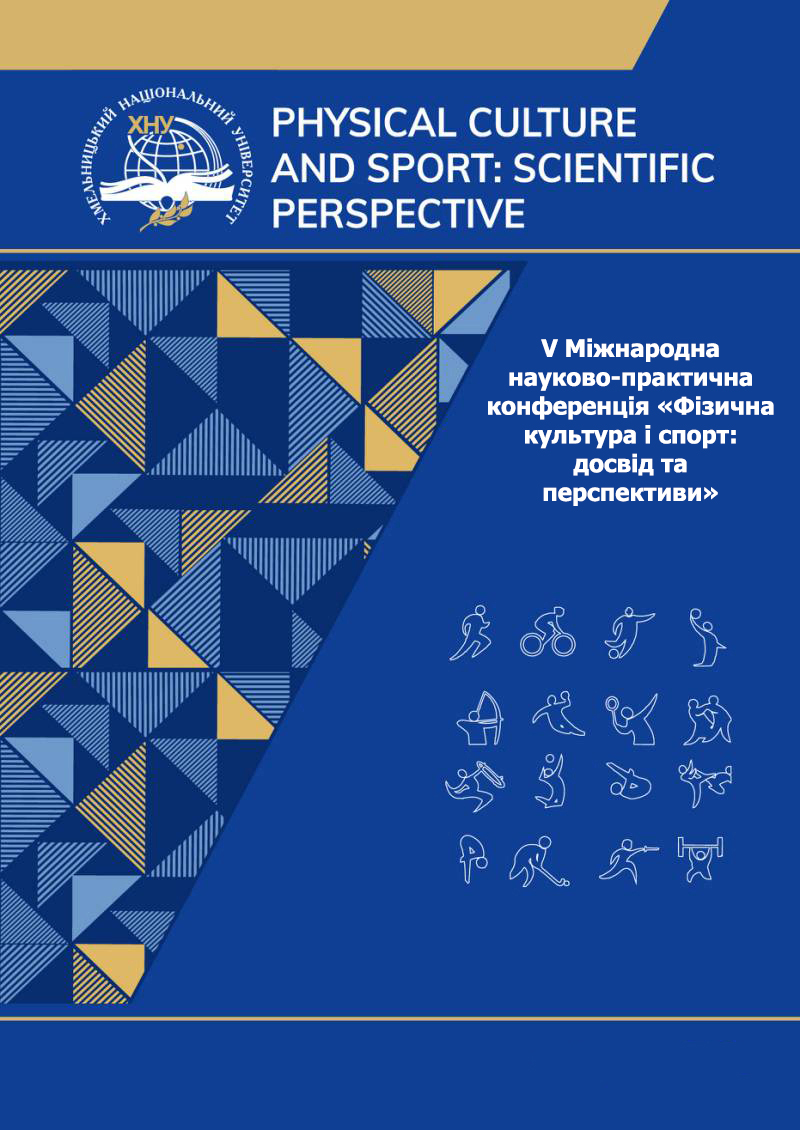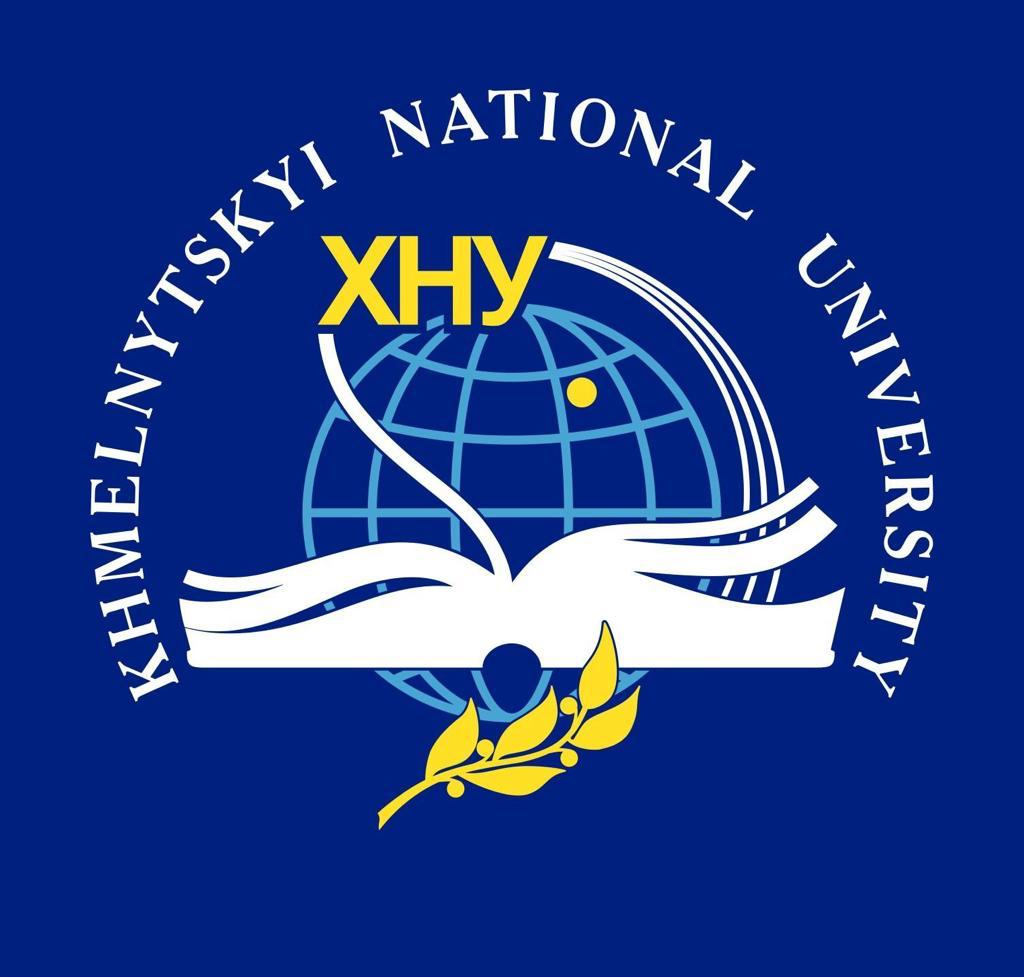MODERN TECHNIQUES IN SWIMMING: ANALYSIS AND DEVELOPMENT PROSPECTS
DOI:
https://doi.org/10.31891/pcs.2025.1(1).49Keywords:
swimming, teaching methods, physical education, sports training, traditional methods, innovative technologies, adaptive methods, physical development, sports skillsAbstract
The article discusses modern swimming teaching methods, their classification, features and effectiveness in physical education and sports training. Traditional and innovative approaches, including the use of digital technologies, video analysis, interactive training programs and adaptive methods for people with special needs, are investigated. The analysis of scientific works on the improvement of swimming technique, the impact of various techniques on the physical development and training of athletes of different ages and skill levels is carried out. The analysis of literature sources shows that traditional methods based on the phased study of swimming techniques remain relevant, but have certain limitations, in particular, the slow learning of skills and insufficient motivation of students. Innovative methods, such as the use of mobile applications, simulators, and computer modeling, can increase the efficiency of the educational process, reduce the time for the formation of swimming skills, and improve the quality of training. The article also compares the effectiveness of different teaching methods and highlights their advantages and disadvantages. It is proved that the combination of classical and modern approaches allows to achieve optimal results in swimming training. Particular attention is paid to the integration of swimming into the general system of physical education of schoolchildren, which can become the basis for further research in this area. Particular attention is paid to the prospects of using innovative technologies to improve the effectiveness of swimming training. The introduction of virtual simulators, feedback through sensor systems, and personalized training programs will contribute to more accurate control over the technique of performing movements, reducing the risk of injury and optimizing the learning process. The key areas for further research have been identified, including the adaptation of modern methods for mass implementation in the physical education system and the assessment of their impact on long-term changes in the physical development of children and youth.
References
Stasyuk R. M., Petrenko N. V., Honcharenko D. O. Efficiency of traditional and adapted swimming teaching methods as a factor in the development of basic aqua fitness skills // Pedagogical Academy: Scientific Notes. 2024. No. 11.
Smolyakova I. D., Petelkaki V. F., Petelkaki V. V. Innovative approach to teaching swimming to schoolchildren // Innovative technologies in the system of advanced training for specialists in physical education and sports: Abstracts of the III International Scientific and Methodical Conference, Sumy, April 14-15, 2016. Sumy: SumDU, 2016. P. 170-171.
Koshtur Y. E. Experimental swimming technique for improving the development of speed-strength qualities in boys aged 13-14 // Pedagogical Sciences: Theory, History, Innovative Technologies. 2018. No. 6 (80). P. 88-98.
Savitska N. O. The influence of sports-gaming methods in the process of teaching swimming to younger children: Master's thesis for obtaining the qualification degree: Specialization 017 Physical Education and Sports / Supervisor: N. V. Petrenko. Sumy: Sumy State University, 2024. 60 pages.
Petrenko N. V. The use of information technologies in swimming education // Physical Education, Sports, and Health Culture in Modern Society. 2022. No. 3(39). P. 45-50.
Downloads
Published
How to Cite
Issue
Section
License
Copyright (c) 2025 Іван ПАНЬКІВ , Тетяна ВИШНЕВСЬКА-СМІРНОВА

This work is licensed under a Creative Commons Attribution 4.0 International License.





